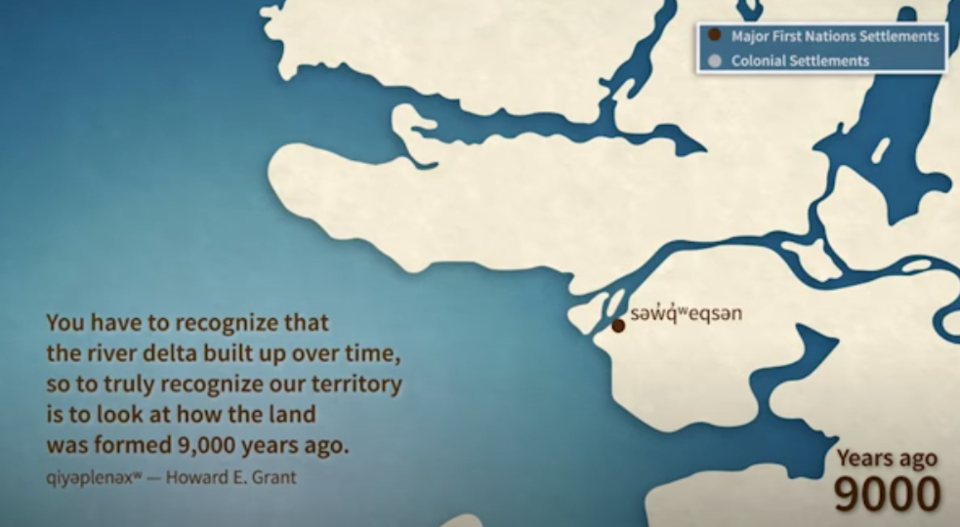When Marie Ratcliffe, a Richmond school district administrator, heard that a kindergarten student told her teacher “learning takes patience and time,” she knew the Indigenous way of thinking was getting through to kids in the Richmond School District.
This principle is Ratcliffe’s favourite of the nine First People’s learning principles that guide the Indigenous focus that is woven into all aspects of the new curriculum.
“That one always kind of stands out for me because I know as a learner, I learn best when I take my time and I’m patient,” Ratcliffe said.
The nine principles were developed by the First Nations Education Steering Committee based on learning principles common to all nations across B.C.
This week is Richmond School District’s Education Week, and each day has its own theme. Thursday’s theme is Indigenous perspectives.
When the Ministry of Education revamped the curriculum about two years ago, the focus shifted from details to big ideas, and school districts began to include an Indigenous perspective throughout the curriculum.
This includes all subjects, from English, social studies to science – even math.
In math, to bring an Indigenous focus, a teacher might teach how patterns can be seen in First Nations technology, architecture and artwork, linking it to place, story, cultural practises and perspectives relevant to local First Nations, Ratcliffe explained.
Or the discussion might centre around estimating and measuring techniques used by First Nations in their daily life.
To support teachers and school districts, the ministry has examples on its website on how Indigenous perspectives can be woven both implicitly and explicitly into different subjects.
“We spent a lot of time making sure the resources we used in this area are authentic – making sure they’re good quality, that they’re written by Indigenous people… making sure they’re respectful and well chosen,” Ratcliffe said.
Ratcliffe said she learns something new every day as the district administrator responsible for curriculum, especially since, when she went to school, there wasn’t much discussion about Indigenous history and culture.
For example, she didn’t know that Musqueam Reserve 1 is located at the airport in Richmond.
Another surprise has been the diversity of First Nations in B.C. where there are about 40 distinct nations.
“The traditions are different, the art is different – very unique (to each nation),” Ratcliffe said.
Students are also learning about First Nations in Richmond, for example, about the history and geography of the Fraser River delta.
Part of the Musqueam learning kit is a delta animation, created by the Museum of Anthropology and the Musqueam, of how the Fraser River delta formed over 9,000 years and where First Nations lived during this time.
“You get to see how the island we call Richmond developed over time – the settlements that were here and have changed names,” she said.
Integrating an Indigenous perspective fully into education is a “journey,” Ratcliffe said, and she hopes over the next decade or so it will be second nature to teachers.
Ratcliffe hopes, through this new learning lens, students will come out as “thoughtful, educated citizens who understand the history of our place.”



